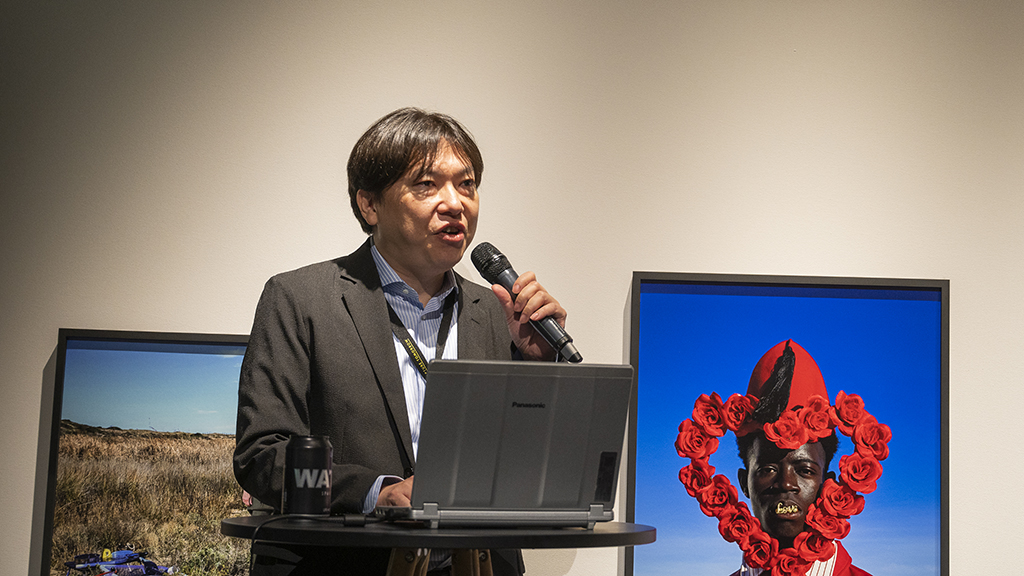
With the launch of the new – and incredible Z9-like – Nikon Z8, a lot of questions were raised. Not least of which: why did Nikon essentially release the Z9 again in a slightly different chassis, rather than making the Z8 its own distinct product.
Thankfully, we had the chance to ask all our questions about the Nikon Z8 (and its positioning next to the Nikon Z9) directly to Keiji Oishi, Nikon's manager of user experience planning.
The Z9 and Z8 don’t have mechanical shutters. What advantages / disadvantages does this bring?
Generally, mechanical shutters tend to have a faster scan speed than electronic shutters – that is a fact – and this means that rolling shutter distortion can be suppressed and the shutter can be made to open for longer, effectively increasing the synchro speed. On the flip side, electronic shutters have the advantage of having no mechanical parts, there is no limit for the life of the shutter, and they are able to maintain more accurate shutter speeds. There is no shutter sound or vibration as well.
However, the adaptation of a stacked CMOS sensor for the Z8 and Z9 enables a high-speed scan rate that offers the same advantage as a mechanical shutter. This time the Z8 uses a stacked CMOS sensor and, because it can output the image at high speed, it eliminates rolling shutter distortion, which is the disadvantage of traditional electronic shutters, so it has the advantage of both a mechanical and electronic shutter.
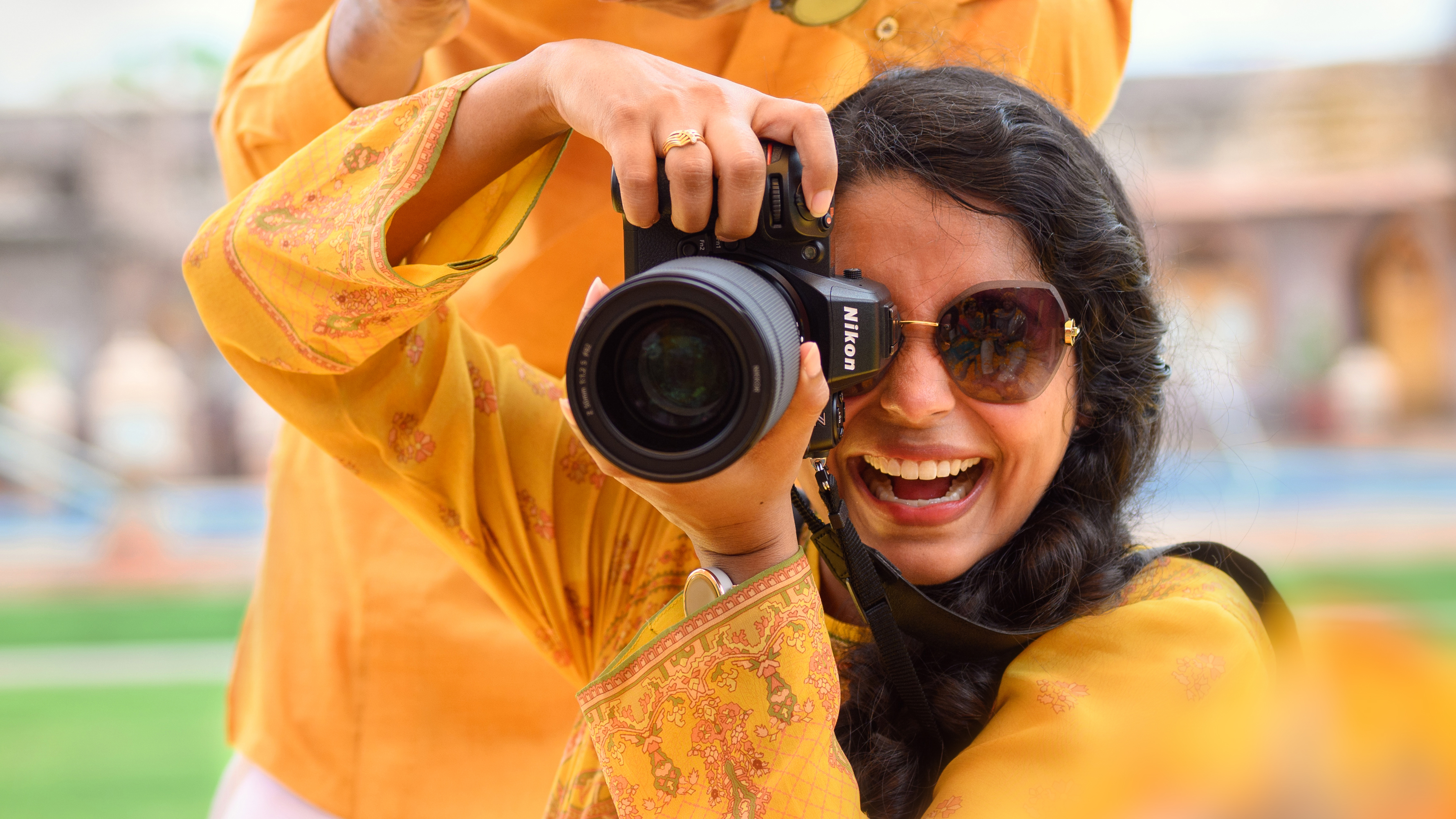
Will we see this adopted in future Z-series releases? Are there plans for a shutter-free Nikon Z6-like camera (with a 24.5MP sensor) and even DX sensor models?
The shutter-less mechanism used for the Z8 design is combined with the high-speed stacked sensor that can output the image faster, so this system also solves the problem of rolling shutter distortion performance, which is usually a problem, so the question is really about what kind of sensor and which kind of shutter mechanism will be combined in future products. We will consider this based on each target customer’s needs, for both future full-frame and DX products. So you’ll have to wait and see!
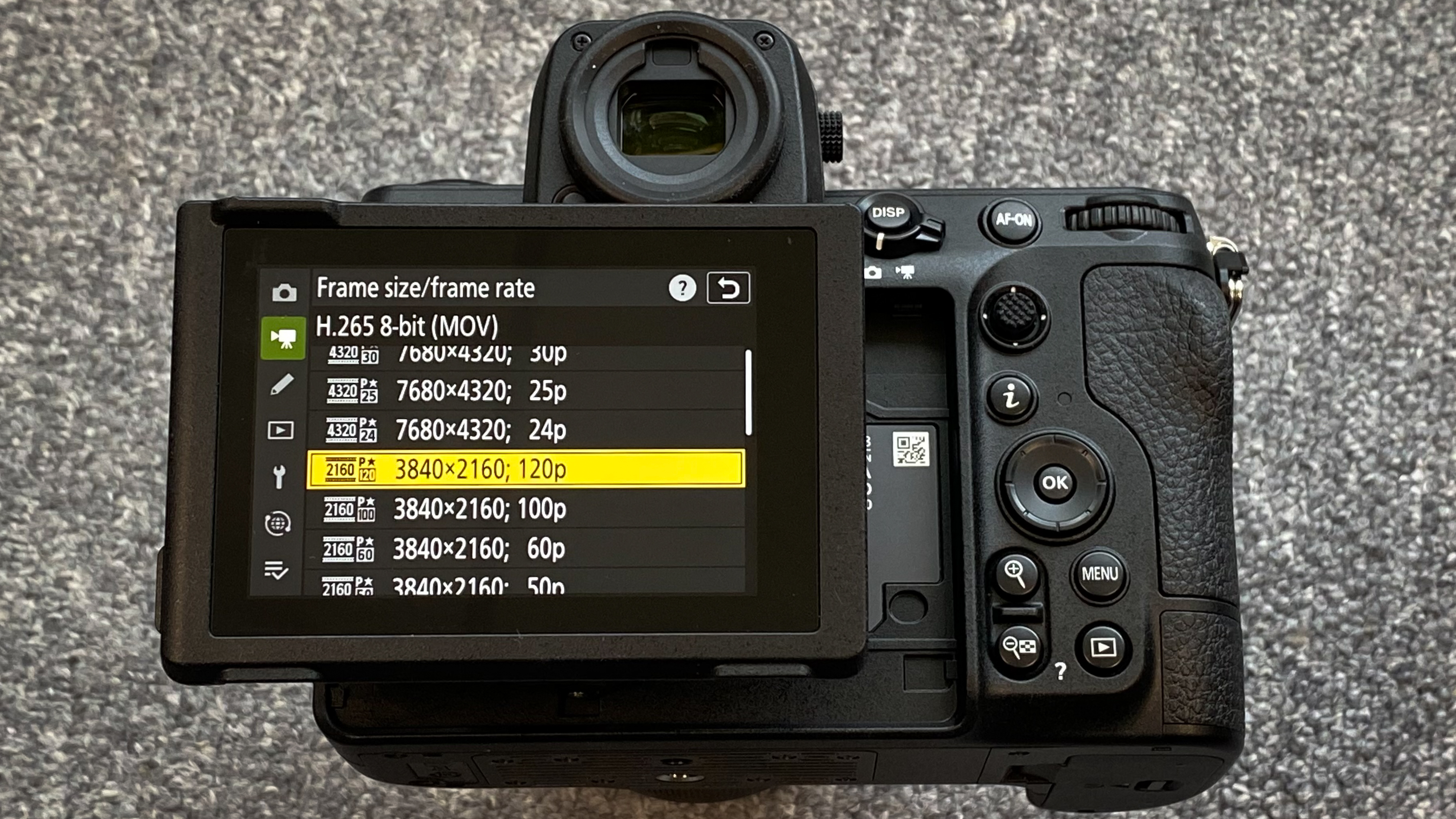
The Z8 can produce 8K video in a body that’s more camera-rig friendly and at a lower cost than the Z9, will it become the natural choice for filmmakers?
Basically I think yes! The Z8 is expected to be used extensively for 8K shooting, partly due to the ease of use in camera rig assemblies. Also, in terms of basic performance, it has a variety of format options that can be selected according to the video shooting and editing environment that the user is aiming for, so it is very flexible.
ProRes RAW can be recorded internally, same as the Z9, and video shooting can be carried out with a single camera operator, just like with stills image shooting. We believe that the demand for lower-cost equipment that can handle pro-standard video will continue to grow.
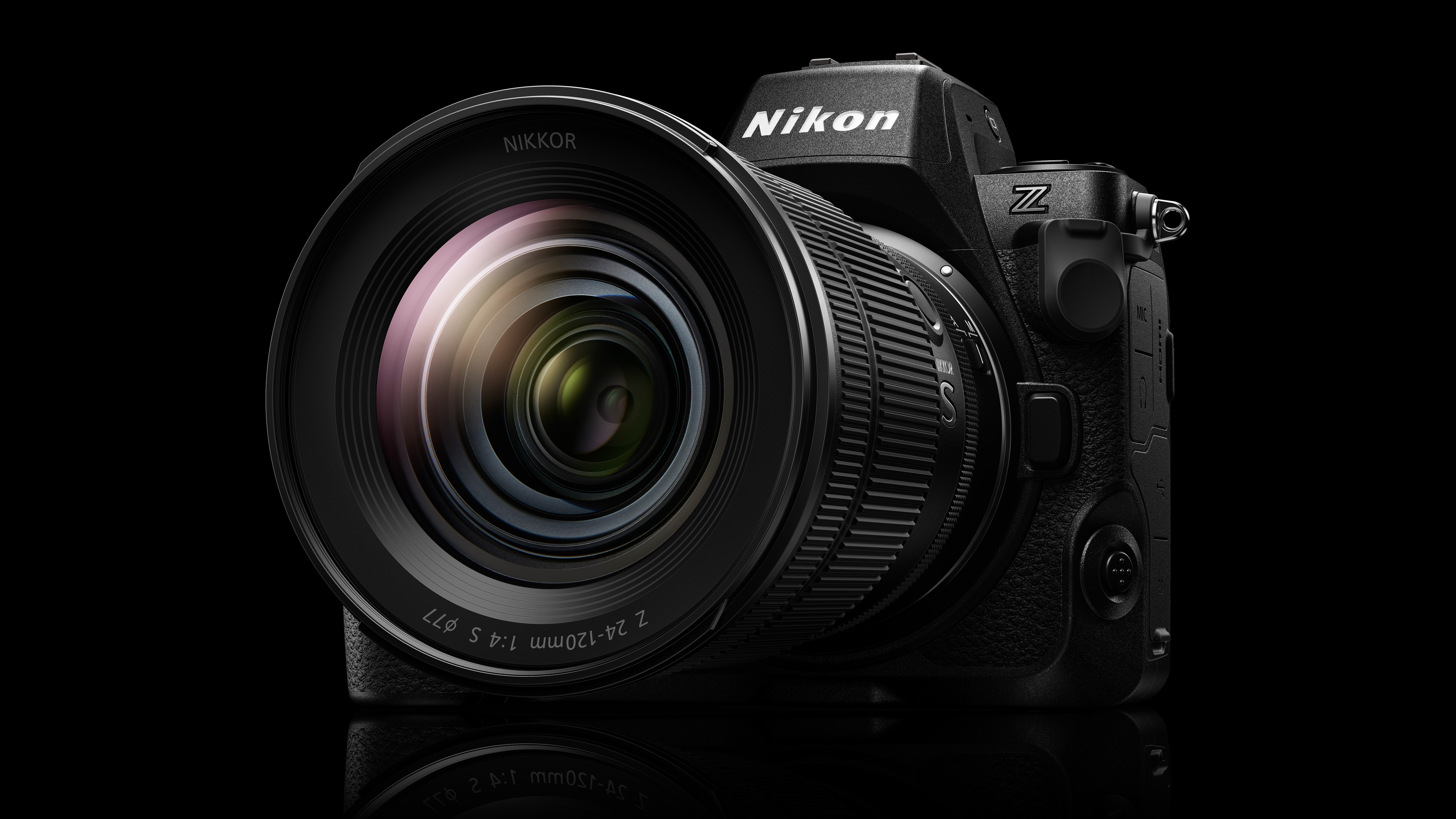
The Z8 is heralded as the “true successor” to the Nikon D850, widely considered the best all-round DSLR ever made, do you think the Z8 is the best all-round mirrorless camera Nikon’s made?
It is true that the Z8 is a model that meets the needs for the customers from the D800-series DSLRs, including the Nikon D850, but the use of this model is not limited to that. In order to realize the performance of the Z9 in a body size similar to that of the D850, the team worked on many new developments in both mechanical downsizing and exterior materials, substrate size reduction and efficiency improvements.
We inbuilt those features to make similar functionality with the downsizing so the result, compared to the Z9, is a camera that supports a wider range of shooting needs with lightness and subtlety. The Z8 is, as you say, the best all-round mirrorless camera from Nikon!
Nikon reportedly dropped up to 5% in market share between 2020-2021. Is the Z8 the camera that will reverse these fortunes? How does Nikon hope to inspire photographers to return to or even switch to Nikon?
First of all, Nikon is not currently prioritizing the pursuit of market share itself, but rather focusing on the continuing need to provide products that exceed customers’ expectations.
The Z8 has the same high video performance as the Z9, in a compact and lightweight body, making it suitable for those who need more agility and those who have a wide range of video shooting as well, and so I think it has become a camera that meets the needs of the new market as well as existing customers. As a product planner, I would be very happy if those who have such needs could experience the value that the Z8 offers and become the users of the product.
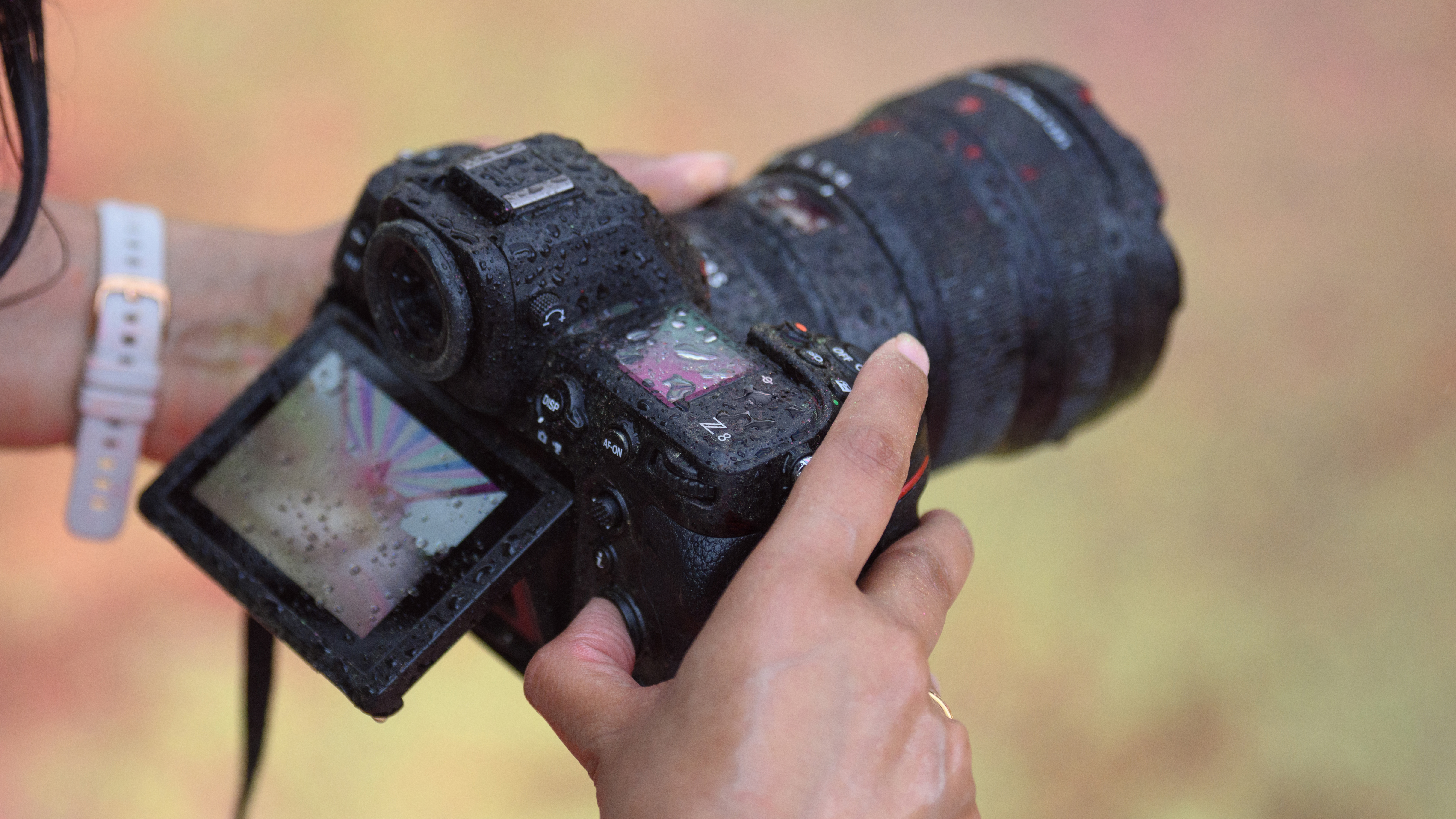
Why did Nikon decide to create the Z8 as a "baby Z9" instead of making it a distinctly different product?
We had a lot of options when we started on day one and we considered various possibilities at the planning stage, to be honest, but there were many voices saying that they wanted to use the performance of the flagship Z9 in a smaller and lighter body for stills and video. Some Z9 customers requested the same features but in a more compact-size camera, like a D850, and so we decided to aim for that.
However, this is not a camera that sacrifices specification in the pursuit of compactness and lightness, but is built to offer the best balance while firmly inheriting the features for which the Z9 has been highly evaluated.
The Z8 boasts some features or performance improvements over the Z 9 – are these likely to be added to the Z9 in a future firmware update?
I’m sorry but I cannot make a public statement as to whether or not the Z9 will support all the new features that the Z8 already has, but at Nikon we aim to ensure that everyone who purchases a camera will be satisfied and use it for a long time through our firmware update activity. This is our stance for the product and the customer, so for future plans please wait for announcements.
However, the Z9 has been continuously updated with significant firmware updates since it launched in 2021, so it has continued to enhance its value over time so much that the product has evolved to the point where it can be considered as a different product compared to day one. We aim to continue to provide such surprising and inspiring experiences to the customer over time.
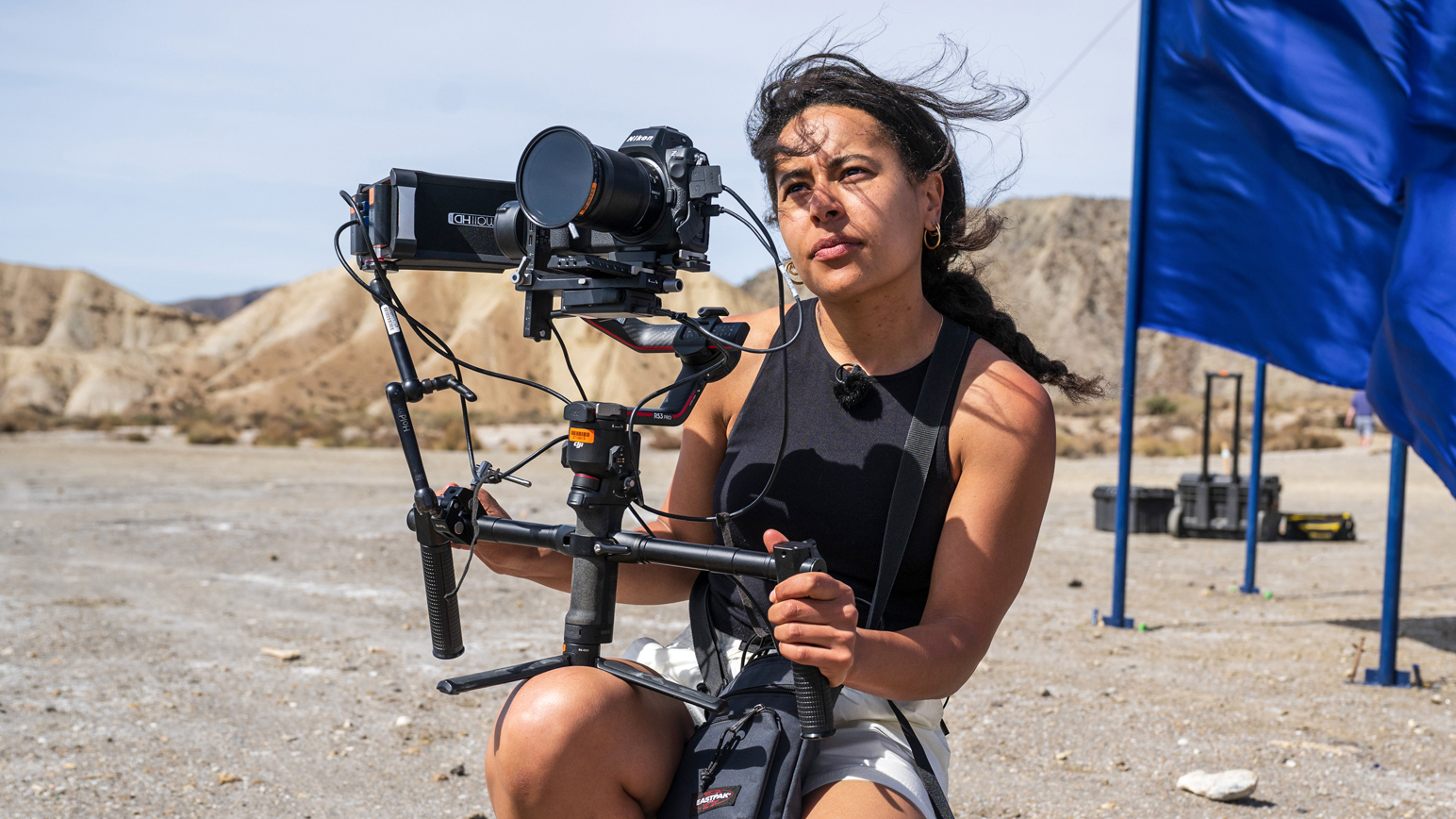
The Z8 is the first Nikon camera to support the HEIF format. Do you think HEIF will replace JPEG – and will other Nikon cameras in the range be updated to support this format over time?
We don’t think that HEIF will replace the JPEG format, because the JPEG format has been used for many years and is widely supported by a variety of systems, not only hardware but also software as well.
On the other hand, the HEIF format is expected to be used in models that feature image expressions that take advantage of sensor dynamic ranges – and as smartphone and other viewing environments become more compatible with the HEIF format.
Why have you gone with SD for the second card slot rather than two CFexpress cards? If shooting fast frame-rate stills or video on CFexpress, will backing up to an SD card in-camera throttle performance in any way?
While CFexpress cards are excellent media with fast read and write speeds, we believe that there is also a need for the SD card as well because they are more readily available and easy to get.
The Z8 is designed to be widely used by high-end amateurs, as well as customers who do not need high-speed continuous shooting, such as landscape and portrait photographers. By using the SD cards they already have, the Z8 is designed to be used in a wide range of shooting applications, so this is a consumer product.
When recording RAW and JPEG at the same time for high-speed continuous shooting, the performance may be degraded if the SD card is a very low-grade one, but there is no significant performance degradation if the customer is using a UHS-II type SD card. So as long as Nikon-recommended cards are used, there will be no significant reduction in performance.
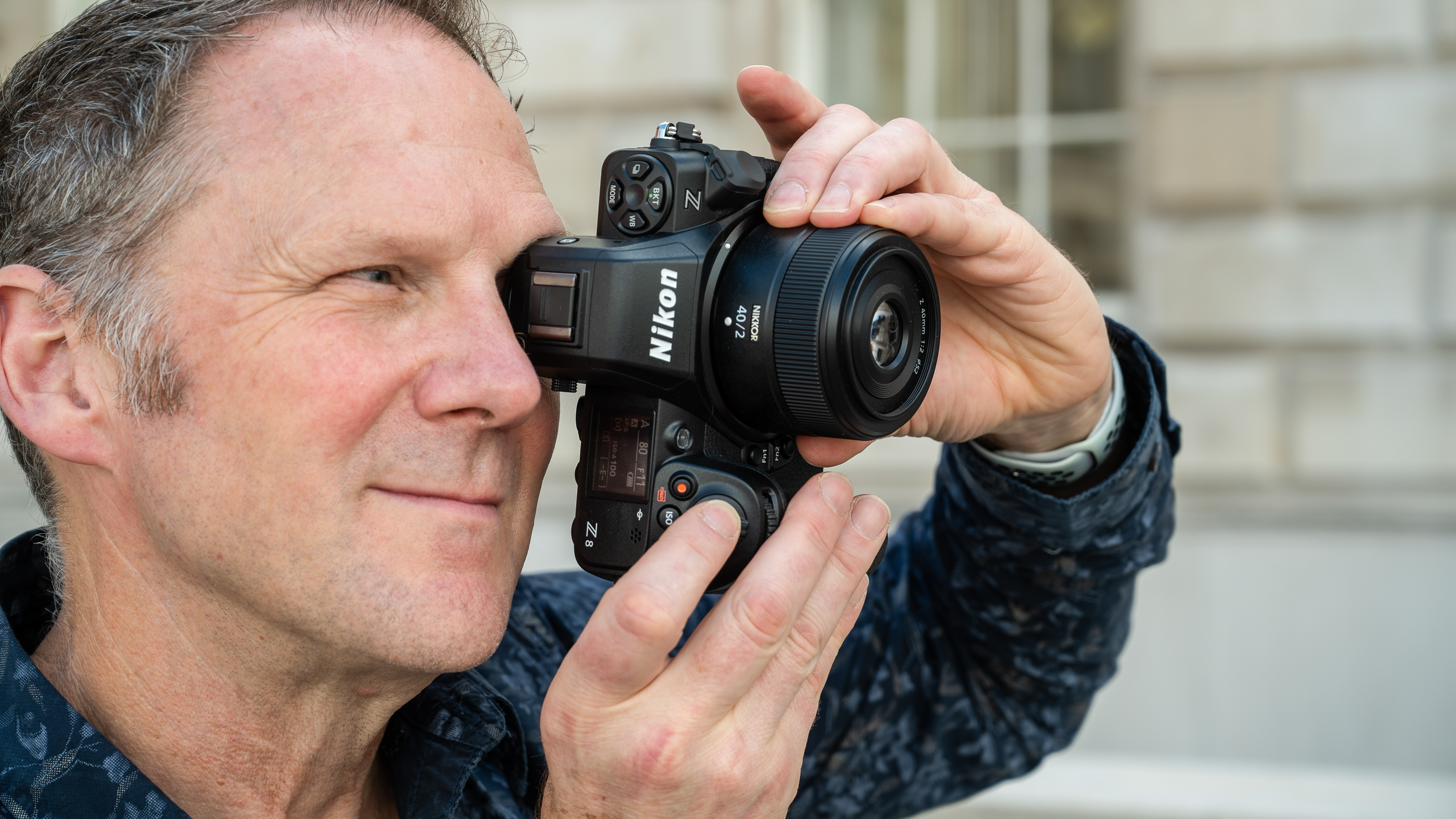
For how much longer do you think Nikon will be producing DSLRs? Has this hastened plans to discontinue the D850 – especially considering the Z8 is badged as its “true successor”?
Given the current market situation, we are concentrating on developing mirrorless cameras as our first priority. The decision regarding the future developments will be based on future market conditions, but we will continue to keep users of existing DSLRs satisfied with ongoing production and support for the products that we already have.
The D3500 DSLR was seen for a long time as the entry point for people getting into “serious” photography – and was particularly popular with photography students. When will we see a mirrorless equivalent? Does the cost of the tech involved (such as EVF) prevent Nikon from producing a mirrorless camera with such a low price point?
Now that smartphones have become very popular as a method of image expression, especially for the younger generation, we believe that the needs of people who are interested in photography as a hobby for their first camera, their demands are changing compared to the past. Currently Nikon is adapting the strategy of focusing on high-end products, as we already announced.
But for those who are looking for the next model from the smartphone, we have captured the needs of the target audience and support for video is one example, which has become increasingly important.

One way in which the D850 was superior to the initial high-end Z cameras, like the Z7, was a greater number of direct access controls (such as AF mode and shutter release mode being directly selectable, BKT button and so on). Has this been addressed on the Z8?
Actually the answer is yes! For instance the AF autofocus button is independent. Four ‘shoulder’ buttons, like on the Z9 and D850, can be used to directly change the drive mode, so they’re easy to access with one direct action. Compared to Z9, there's a new graphic user interface that is adapted to make it easier and more intuitive to change the white balance. So yes, the Z8 has been designed to provide more direct access to the control system.
The Z8 includes features such as ‘portrait impression balance’ and ‘skin softening’ that the Z9 doesn’t have – what are these and what are the benefits?
Portrait impression balance is a function that allows you to adjust the hue and the brightness of a person. It was also implemented in the Z7 II, but it was only found within the Photo Shooting menu. But for the Z8, it is now possible to make adjustments while looking at the subject via the screen.
Furthermore, when the camera detects a person’s face, the skin softening function automatically processes the image to make the skin smoother while maintaining the sharpness of the eyes and the hair. So both of these features allow the photographer to shoot portraits of people exactly as they intended.
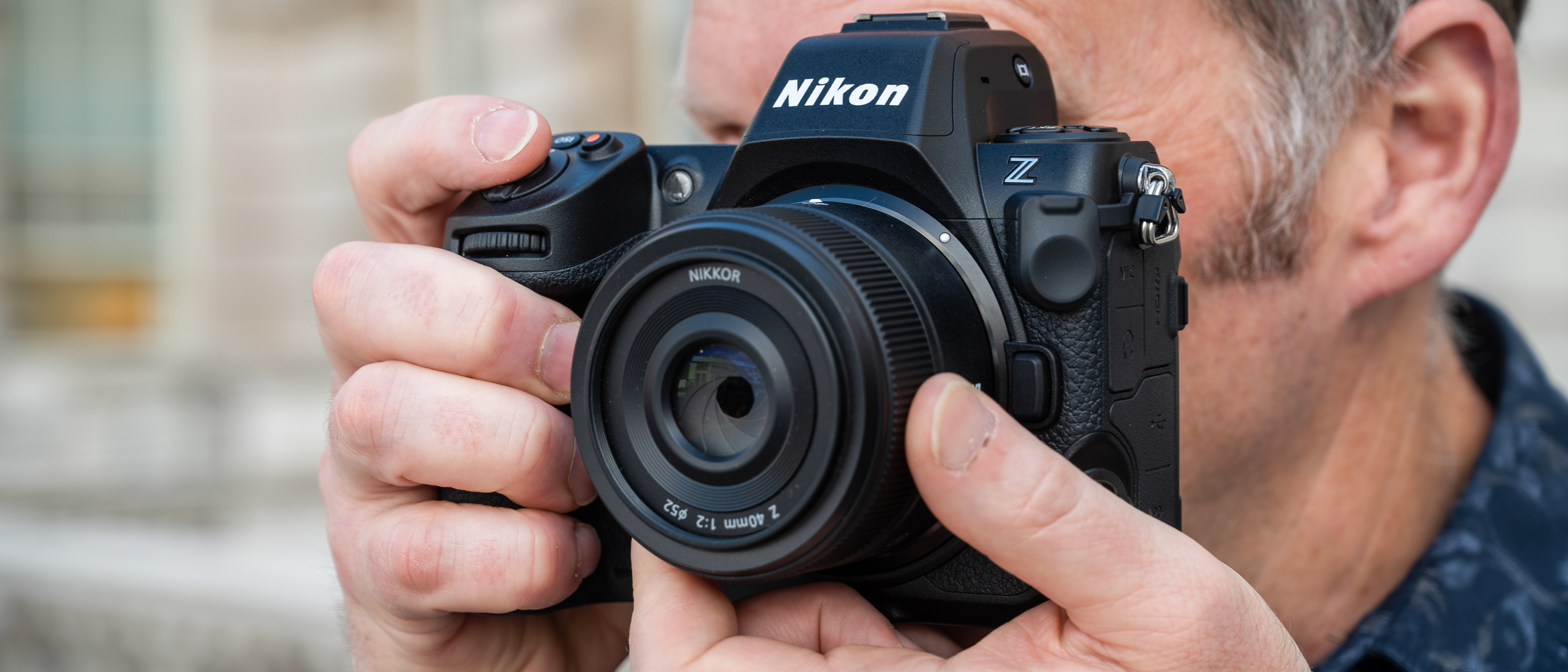
Image quality has become so good in the Z-mount range – with sensors being both high-resolution and having exceptional low-light performance, and Z-lenses being incredibly sharp. Where are the next big advancements in mirrorless tech going to be?
First of all, we are not only improving the basic performance, like ISO and number of megapixels, but we are constantly studying and preparing the technology for the future as well. On the other side, we are planning products that inherit Nikon’s know-how, such as reliability and operability, that come with 100 years of history, and we have accumulated over many years of experience since the film camera generation.
In addition to achieving the height of performance in lenses, achieved with the Z-mount system, we are planning to introduce one unique product that can meet the needs of a wide range of the customers’ requirements.
Many photographers feel that AI is threatening the existence of photography. How is Nikon using AI to enhance cameras?
I think the evolution of the AI will allow the photographer to gain a wider range of shooting experiences, and the information that can be obtained from the subject and its surroundings can be used not only for object detection used in autofocus, but also for information useful for shooting, such as the area of the main subject. In other words it can be used by the image processing algorithms to autofocus on subjects, for auto exposure and for auto white balance as well.
It is also expected to contribute to the automation of shooting by automatically identifying the subject and specifying the shooting scene as well, so I think that by realizing shooting methods that have never been imagined, there is the possibility that new amazing experiences will be created. And, as a result, the photographer will be able to concentrate more on composition itself.
If this has been of interest, you might want to check out the best Nikon cameras and the best Nikon lenses – and, specifically, the best Nikon Z lenses.







